Reporting on the Local Front
Author: perkinsk
Author: perkinsk
John B. Anderson enjoyed his daily morning routine while running the Britt News Tribune 60 years ago: He arrived at the office at 8 a.m. and culled the mail for letters from rural correspondents, about a half dozen stringers who sent in weekly letters full of news about their communities.
“That helped fill up the pages of our newspaper. If we didn’t have the rural correspondents, I don’t know what we would have done for news,” says Anderson, a 1949 graduate in agricultural journalism.
Rural correspondent. It’s not a job title that warrants a byline in The New York Times. But it’s an insight into the secret weapon of community journalism: the power of relationships.
“Getting those relationships built is the crux of what I do,” says Andrew Schneider, a news director and sports announcer at KNIA/KRLS Radio in Pella. “I think the aspect that’s attracted me the most is understanding and having to foster those relationships at a small-town level versus a big city.”
Schneider graduated from the Greenlee School in 2013 and started working for WHO-HD Channel 13 News in Des Moines. When the Pella radio station had an opening, managers reached out to him.
“I had basically, maybe, stepped foot in Pella twice before I interviewed for the job,” Schneider says. “Now, as I’ve grown here, I’ve become someone who people ask about Pella every day.”
For Schneider, getting to know the community was all about taking the first step to reach out to people. “If you call someone enough, eventually they’re going to pick up their phone,” he says.
Ask a thousand reporters in small towns what the process was like to get to know their community, and you’ll get a thousand different answers.
> “Community journalism isn’t for the faint of heart.”
For Anderson, one of ISU journalism’s oldest living graduates, getting to know the community meant joining Britt’s chamber of commerce. As secretary of the group, Anderson became an active planner of Britt’s most important event of the year: Hobo Days, the national convention of hobos held in the city each year. He later served as editor/publisher of The Storm Lake Pilot-Tribune and Register.
For Maia Zewert, a 2015 journalism and mass communication graduate, getting to know her community meant learning all new lingo. For starters, it meant learning terms for a coastal city.
“I went in and asked my boss, ‘Hey, what’s the place where boats park?’ And he said, ‘First of all, boats don’t park,’” Zewert says.
She landed her job as a general assignment reporter at The Lincoln County News in Damariscotta, Maine, after applying for jobs in states she’d never visited. The choices were random, but she knew she wanted to work for a community newspaper.
Though Zewert just began her job in August, she quickly experienced the tried-and-true community journalism trademark of interviewing someone and then running into him or her at the grocery store. And when running into readers, they don’t withhold their opinions—they tell you what they think, Zewert says. But that’s part of building those relationships.
Lisa Munger Oakes, who teaches basic and intermediate reporting classes at Iowa State, says she teaches students through the model of beat reporting, because beat reporting is all about building relationships.
“Many of these smaller towns operate on the system where they’re going to know that you’re the new person in town, and so if you don’t take the time to get to know them and have a conversation and establish a relationship of trust, they’re not going to tell you the stories that you’re missing,” Munger Oakes says.
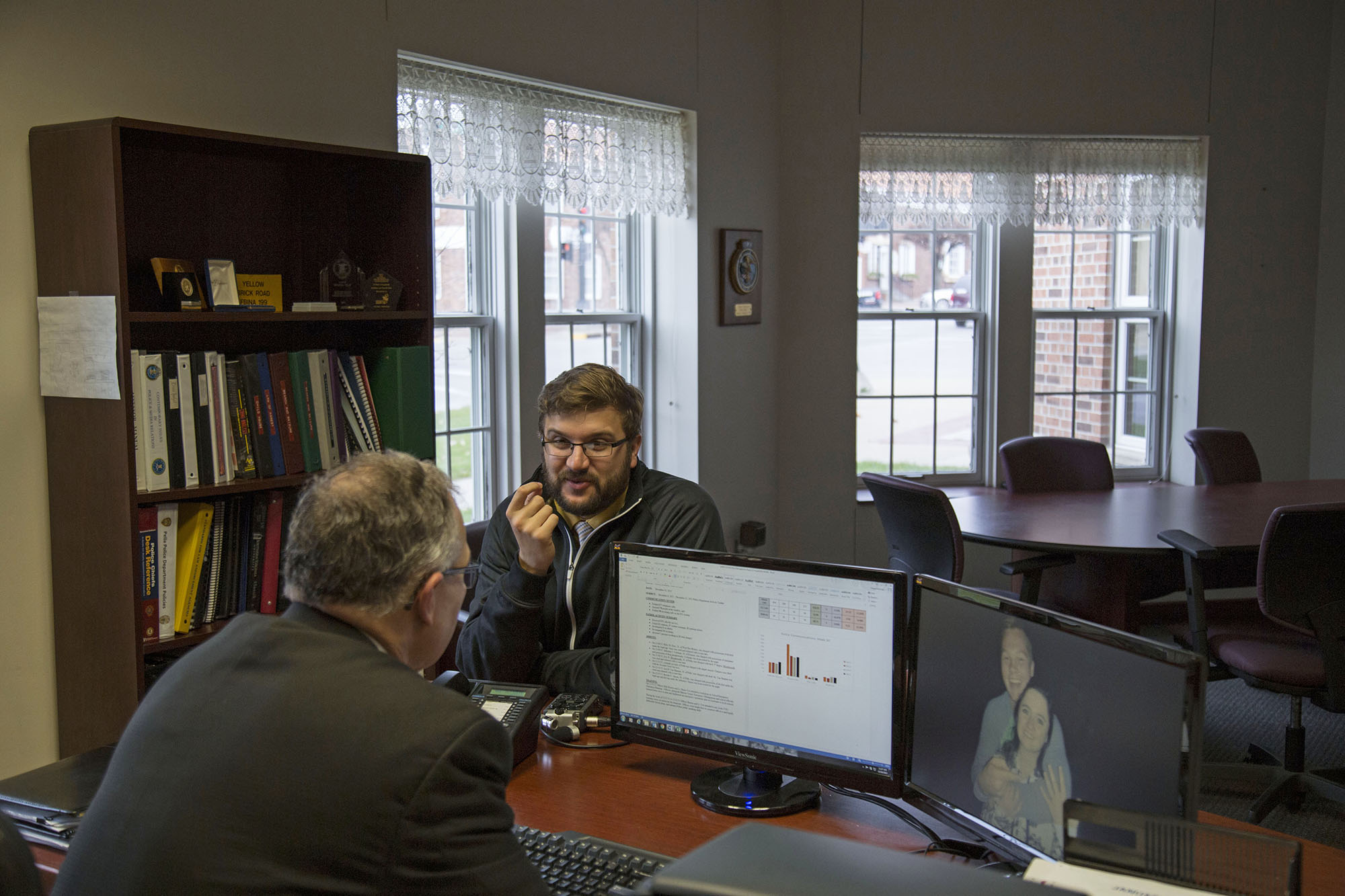
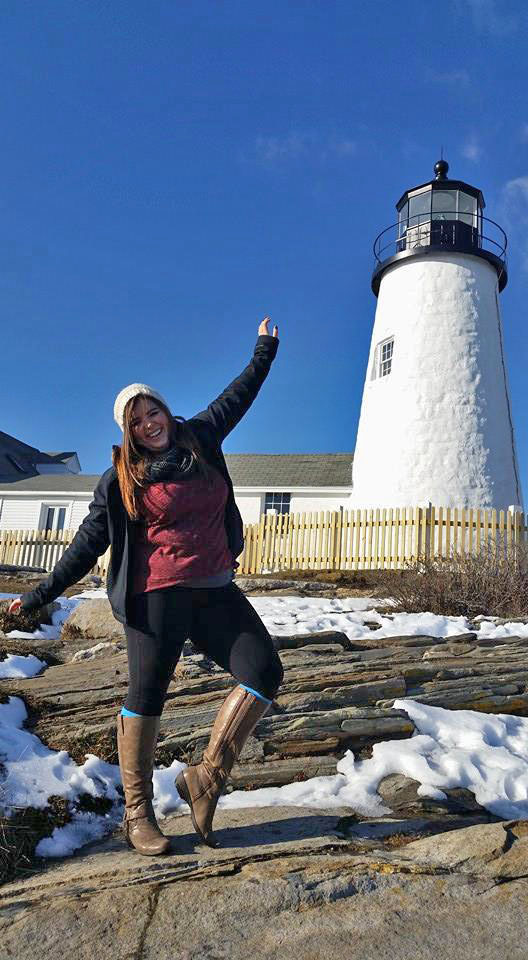
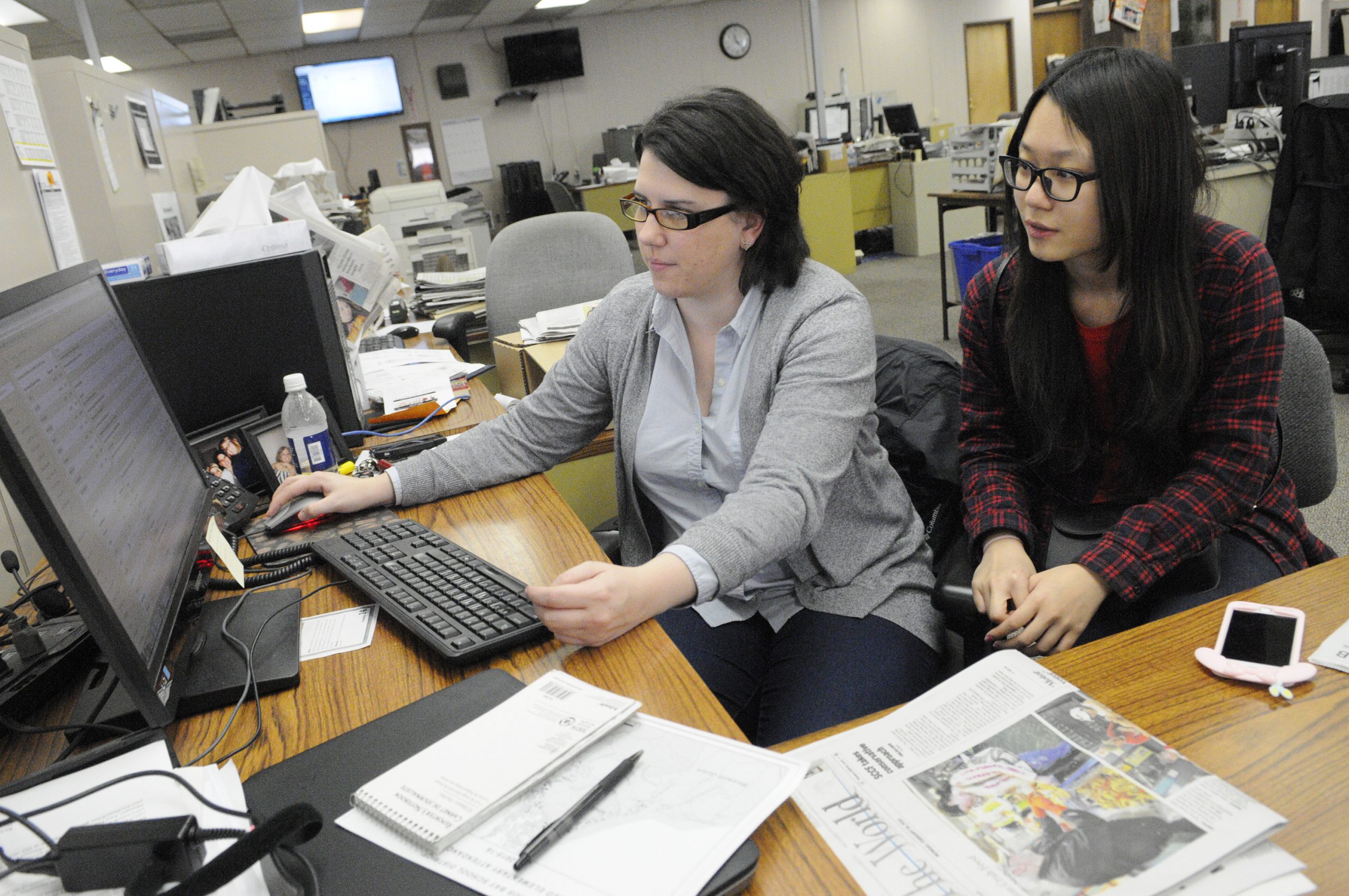
Those in community journalism are part of a form of democracy within their industry. They can report the news as they see fit, but rest assured readers won’t hold back if they catch a mistake. It’s the built-in system of checks and balances for reporting small-town news.
“I have to see these people every day. I’m going to see the city manager at the grocery store, or I’m going to see the police chief at the restaurant over lunch,” Schneider says. “That’s what’s different between big city and small city.”
In small-town journalism, you don’t just run into the reader. You may have to write about that person, too.
“You will meet people and later have to write articles about them. It might be good; it might be bad,” Zewert says.
Chelsea Davis, a 2011 Greenlee graduate, knows that not all appreciate having articles written about them. She was the target of social media rants by a man who was displeased with one of her stories.
> “You know you’re doing it right when somebody’s mad at you.”
“He made comments about my sex life,” says Davis, the digital editor of The World newspaper in Coos Bay, Ore. “Angry phone calls about a controversial story or people asking for corrections or calling me a moron are all very typical things for reporters, but that was definitely different.”
Community journalism isn’t for the faint of heart.
“[Criticism] is sometimes hard to take, because you feel like it’s people you have a good relationship with,” says Lee van der Linden, a 1980 graduate of the ISU journalism department.
She and her husband, Dirk, a 1978 ISU journalism graduate, have owned the Belmond Independent, in Belmond, Iowa, for 30 years. Van der Linden says both she and Dirk have been yelled at in public meetings by officials and by school board members at school board meetings.
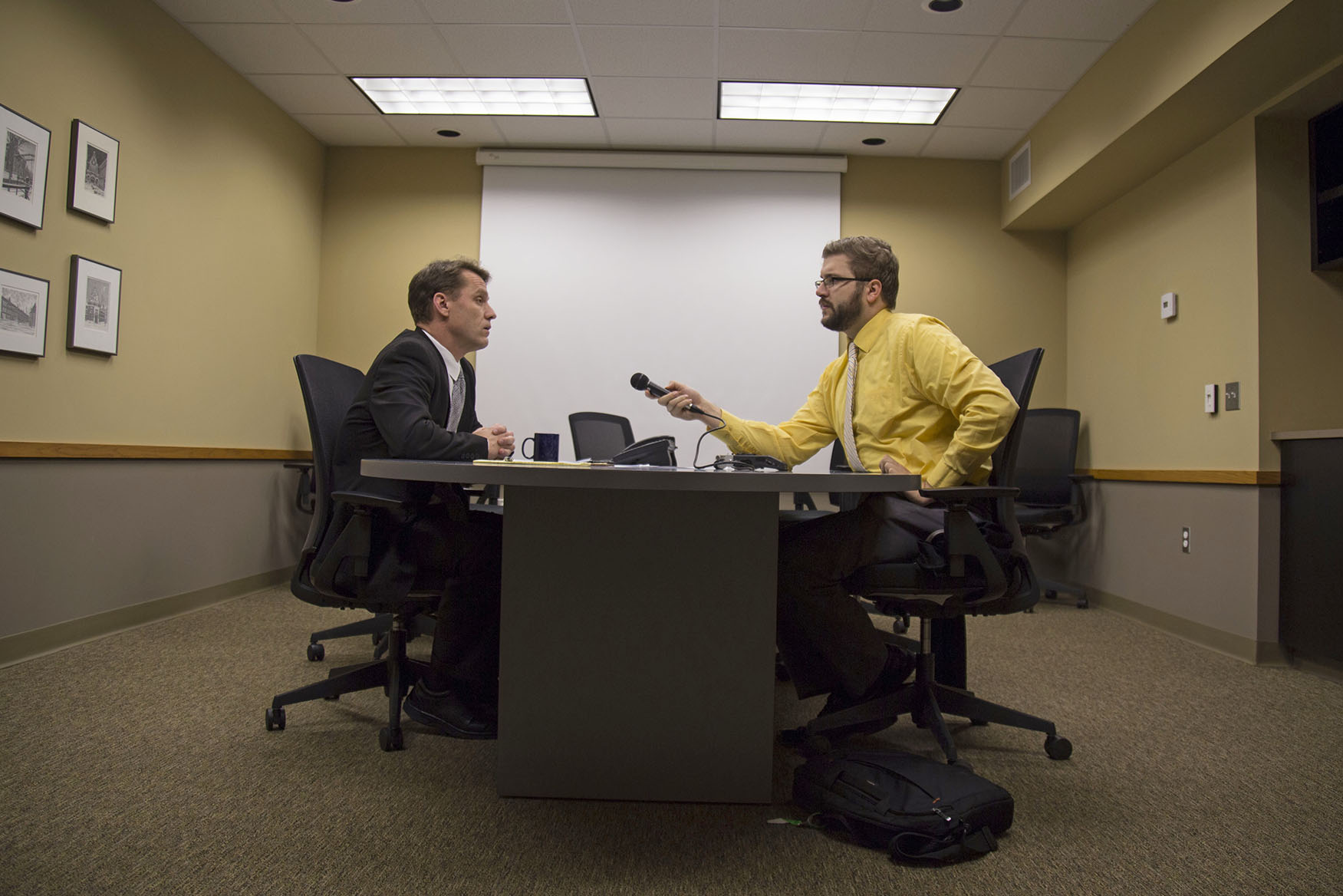
“My father-in-law [ISU economics graduate John E. van der Linden, ‘40, former owner of Northwest Publishers Inc.] who was in community journalism for many years, said, ‘You know you’re doing it right when somebody’s mad at you.’ So, it’s just that kind of job,” van der Linden says.
Just about the worst thing that can happen is when an advertiser joins a city council or a school board, van der Linden says, because they always want the paper to spin things the right way. In a small town, the newspaper or radio staff might need to publish or air stories that put those advertisers in a negative light and then try to sell ads to those same people.
“You just have to print what the truth is,” van der Linden says. “And you have to live with the financial consequences. The public always wins, because the thousands of people that read what you write and subscribe to your newspaper, they are always more important than the one advertiser.”
In community journalism, you need to take things in stride. The person who yells at you one day is the person that comes to you a week from now and asks for a favor. “You can’t take any of it personally,” van der Linden says.
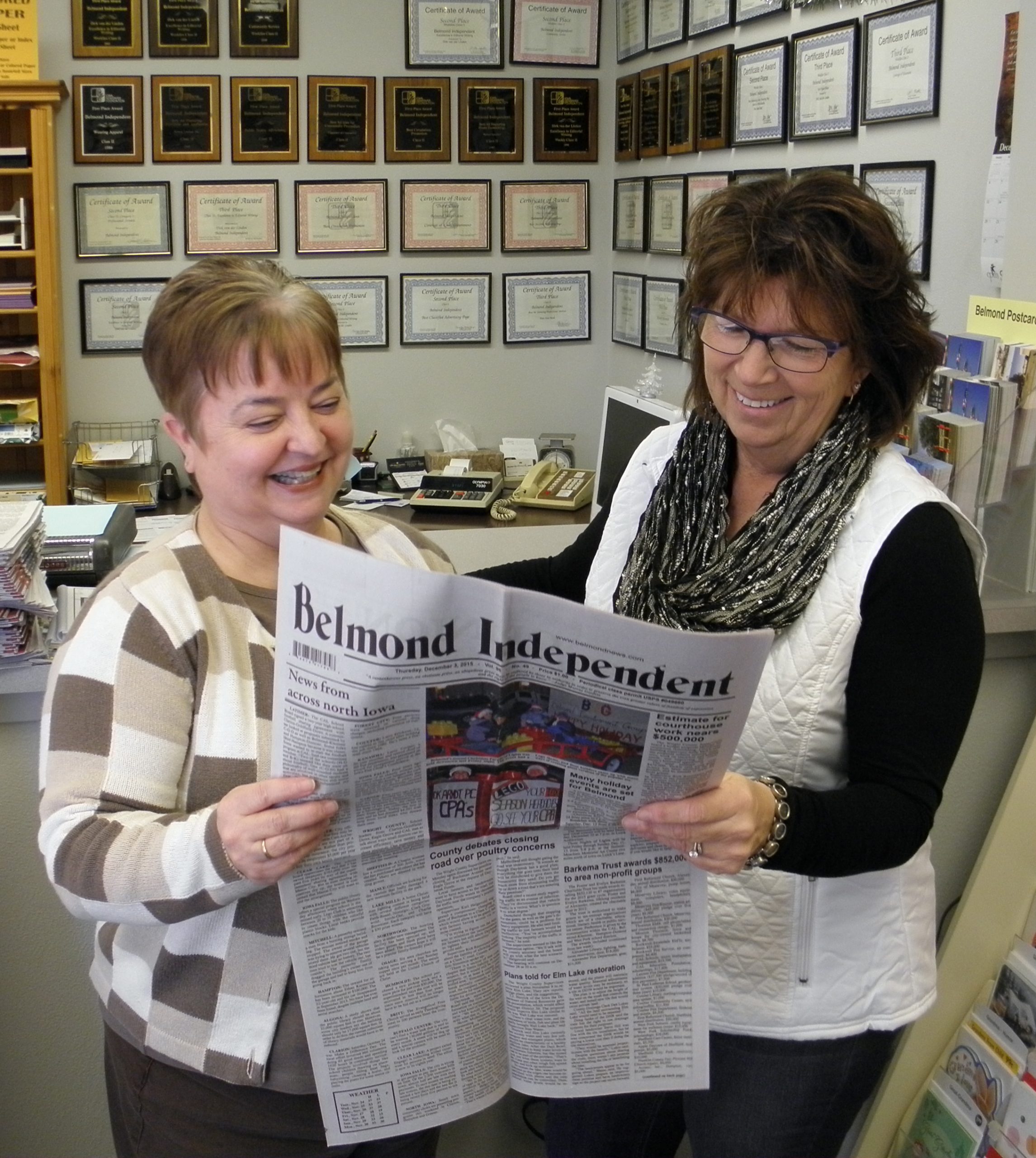
But community journalism provides an opportunity not given to most large-city journalists. It offers the chance to tell the stories of the community and raise awareness of the issues. But it also offers the occasion to take national and regional events and make them relevant to the people in the small towns. Schneider says his classes in the Greenlee School pushed him to see news events through the local lens.
Schneider says his professors in JL MC 101 and JL MC 201 would emphasize the importance of localizing the news, but he didn’t take them seriously until he started his career in journalism. “You would be surprised, even in a town of 10,000, how many people can localize [an event] for you,” Schneider says.
Journalism classes at Iowa State also offer the possibility of bolstering a lifetime of journalism. Anderson’s 30-year community journalism career began with his undergraduate spring break trip with an Iowa State journalism class. The spring trips to various community newspapers offered students the chance to do everything involved in producing a newspaper for a week.
“We had those spring journalism trips, and our group was at the ‘Eagle Grove Eagle,’” Anderson says. “That summer when I was looking for a job, I contacted Maury Crabbe at the ‘Eagle Grove Eagle,’ and he gave me a job.”
Eric Abbott, an Iowa State journalism graduate and recently retired professor in the Greenlee School, says Rod Fox, who taught at Iowa State for 40 years, ran the journalism spring break trip program. “The idea was that this was an internship-like experience for the students,” Abbott says. “But it cemented our relationships with publishers as well.”
> “A story you’re writing may seem small and insignificant… However, to someone in the community, that is the most important story they will read this week.”
The Greenlee School’s role in community journalism has long fostered relationships between the students and newspaper publishers. Past faculty members reached out to newspaper publishers to build Iowa State’s presence in community journalism. The late Jim Schwartz, head of the journalism program for 14 years, conducted research on the number of college graduates working for community newspapers, worked to professionalize community journalism, and trained students to fill those jobs. In his time at Iowa State, he hired Dale Boyd.
“One-fourth of Dale Boyd’s job was through [ISU] Extension to work with Iowa newspapers,” Abbott says. Through conventions, presentations and training sessions, he worked to help Iowa community newspapers during the 1970s and 80s.
Bill Kunerth, a longtime faculty member, was another major player in Iowa State’s relationship with community journalism. He taught students to search and understand local-government records and linked students with prospective employers. “Bill was a no-nonsense guy. He was looking for opportunities for our students, but he was also well-linked and trusted by community newspapers,” Abbott says.
Communities need trusted journalists who foster the integrity of the news, because community journalism offers news about the community residents can’t get anywhere else. But above all, community journalism is about telling stories.
“My boss gave me the best piece of advice: ‘A story you’re writing may seem small and insignificant and not that big of deal,’” Zewert says. “‘However, to someone in the community, that is the most important story they will read this week.’ Since then I’ve really taken that to heart.”
Van der Linden’s favorite part of the job is getting to tell other people’s stories and being a conduit of all the news. “We are the historical record for this town,” she says.
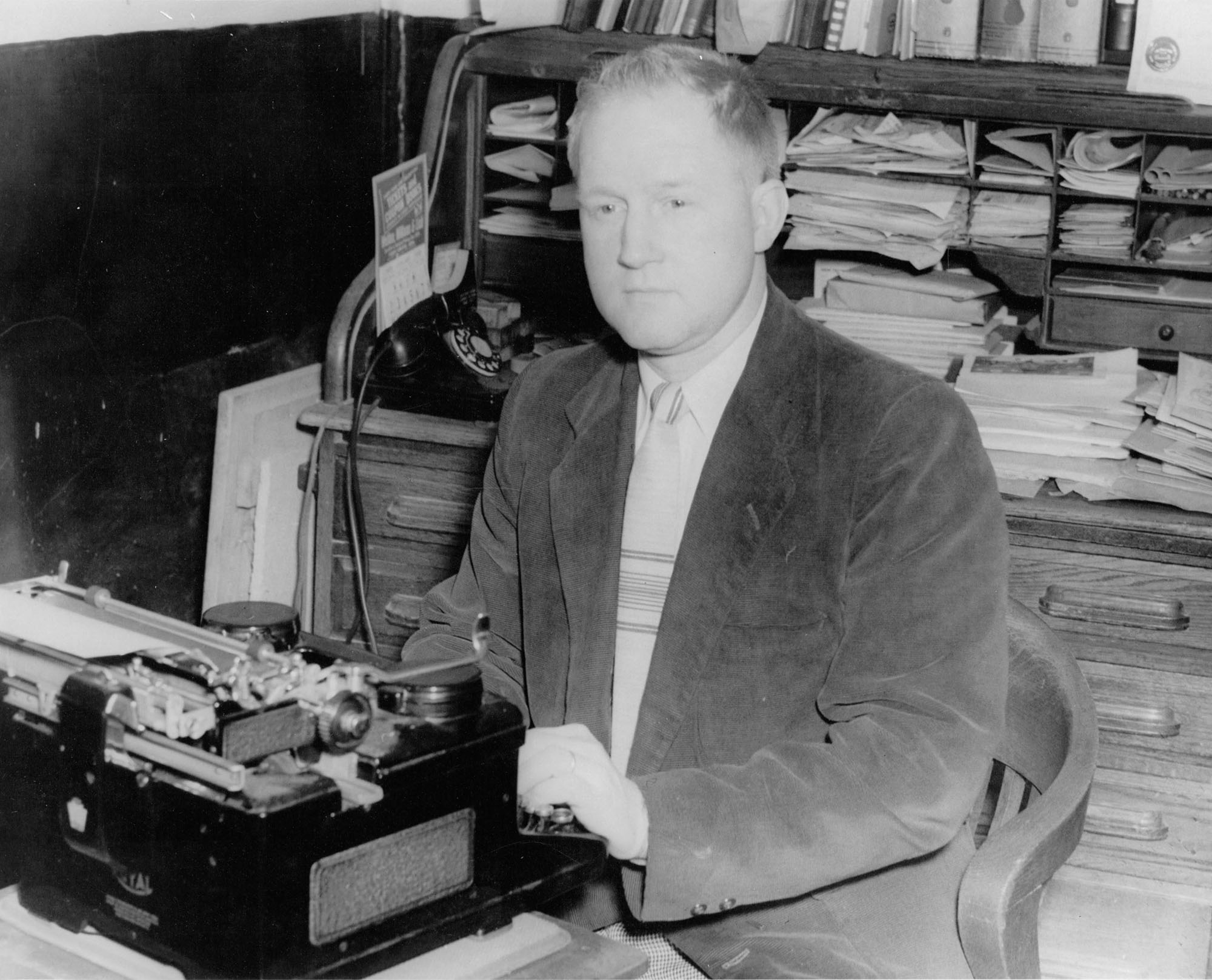
Even after 30 years, van der Linden is still discovering what the community gets excited about. “You never really know what’s going to hit a nerve with people. We write things or publish things, and we think, ‘Oh, everyone is going to love this’ or ‘Oh, this will really get people stirred up!’ And there’s nothing,” she says. “And then we’ll just do something in passing, and oh, my gosh, everybody loves it, everybody can’t believe what a wonderful thing you did, or they think that’s the dumbest thing they’ve ever heard.”
Without small-town papers or radio stations, small-town news would go unreported. School boards would be left unaccountable. The city council could make decisions without citizens’ awareness. Stats for high school sports would be harder to track down.
Anderson says community journalists have a certain importance that they wouldn’t have at a bigger operation. “You’re a big fish in a little pond,” he says.
The complicated relationship between small-town journalists and the towns they serve sets the community newspaper or radio station apart. “I don’t know if I’m addicted to it or what, but certainly in a small market, there’s a different flavor,” Schneider says. “There’s something to be said about the small-town experience.”